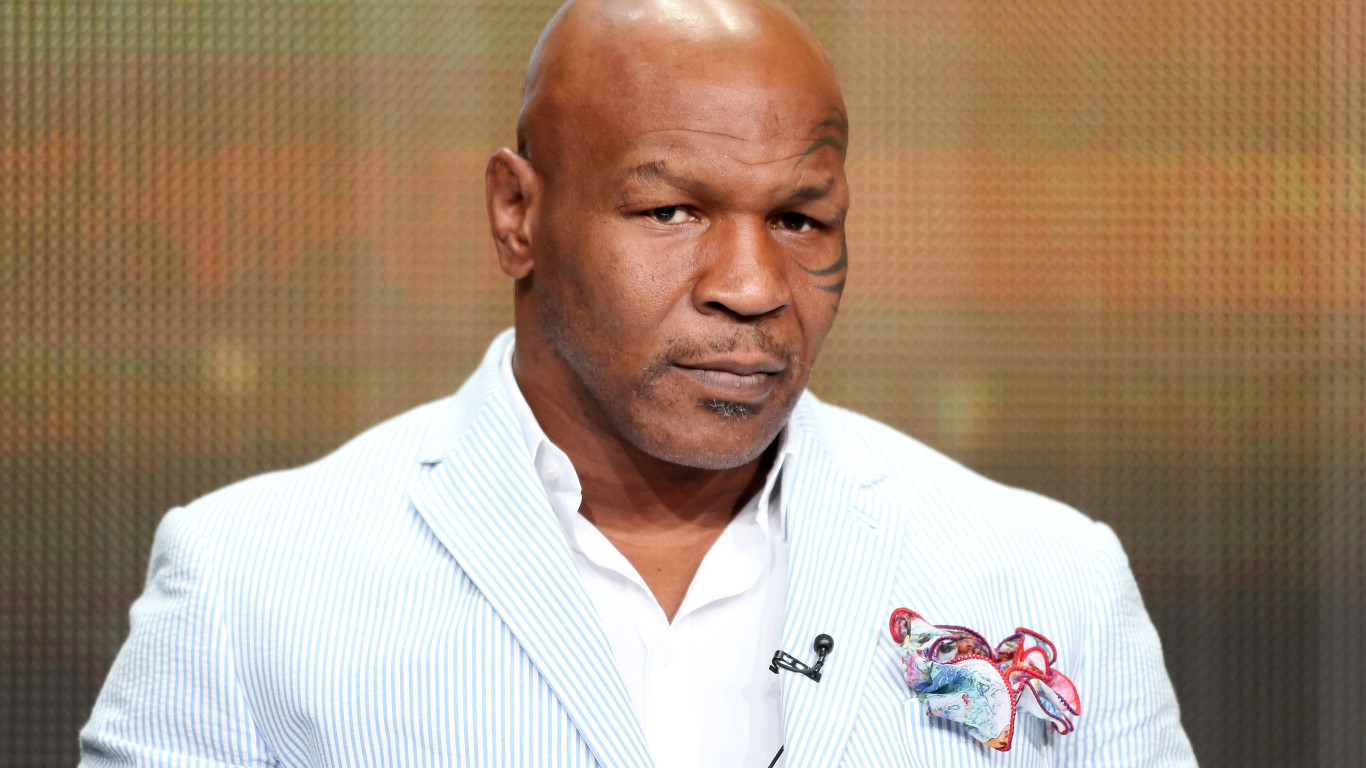 The FT was sold to Nikkei, the large Japanese media company, for $1.3 billion. The FT’s publisher, Pearson Group admitted its 50% of The Economist was also on the block. Some estimates of the value of this 50% of The Economist put it as high as $600 million. The value of these transactions, at nearly $2 billion, could match the market capitalization of The New York Times (NYSE: NYT), which is not for sale, according to its controlling shareholder. The New York Times Company may wish to revisit that decision in light of Pearson’s M&A activity.
The FT was sold to Nikkei, the large Japanese media company, for $1.3 billion. The FT’s publisher, Pearson Group admitted its 50% of The Economist was also on the block. Some estimates of the value of this 50% of The Economist put it as high as $600 million. The value of these transactions, at nearly $2 billion, could match the market capitalization of The New York Times (NYSE: NYT), which is not for sale, according to its controlling shareholder. The New York Times Company may wish to revisit that decision in light of Pearson’s M&A activity.
Pearson management made the odd comment that Nikkei could carry the standards of The Financial Times, as the U.K.– based company no longer could. John Fallon, Pearson’s chief executive, said:
“Pearson has been a proud proprietor of the FT for nearly 60 years. But we’ve reached an inflection point in media, driven by the explosive growth of mobile and social. In this new environment, the best way to ensure the FT’s journalistic and commercial success is for it to be part of a global, digital news company.
In terms of global and digital, Nikkei barely qualifies.
As Pearson continues to restructure as an education company, it’s management admitted over the weekend:
“Pearson confirms it is in discussions with The Economist Group Board and trustees regarding the potential sale of our 50% share in the Group. There is no certainty that this process will lead to a transaction.”
One set of buyers may be current owners of the other hal, which are comprised mostly of a group of wealthy families. Perhaps they can ensure the journalistic independence of The Economist Groups better than Pearson can. However, the reason for this argument has no apparent foundation.
The price put on The FT Group and The Economist Group are well beyond the ability of buyers to “get their money back” over any foreseeable future. These brands carry a value beyond financial ones. And, presumably, the chance to maintain the editorial independence enjoyed over a period which spans back more than a century is critical to the decisions of buyers as well.
There are very few journalism brands which carry the weight that the FT Group and Economist Group do. Among those brands is The New York Times. Its revenue in the last reported quarter was $384 million, down almost 2%. The company lost over $14 million, compared to a profit of $1.7 million in the same quarter a year ago. The Times management pointed out that it had several one-time items in the 2015 quarter. One-time items have become regular as the company continues to cut costs. Observers of the Times financials regularly point out that the primary reason the company posts profits at all is that expenses are cut more than revenue falls.
Every time a major journalism brand is sold for a large premium above its financial value, the sale of The New York Times comes up again. These observations always carry with them the reality that the company is worth much more than its market capitalization, because it is such an important media brand. If so, its market cap, at $2.2 billion is much too low.
The New York Times financials make it inevitable that the controlling trust set up by the Sulzberger family and its relatives, which control over 90% of the B Class shares, will need to find capital to fund the company’s future. As some highly regarded old media print brands, which have only recently moved into the digital age find new well-funded buyers, it is time for the Times to revisit its financial future as well, particularly if it wants to safeguard its editorial independence well into the future
Thank you for reading! Have some feedback for us?
Contact the 24/7 Wall St. editorial team.
